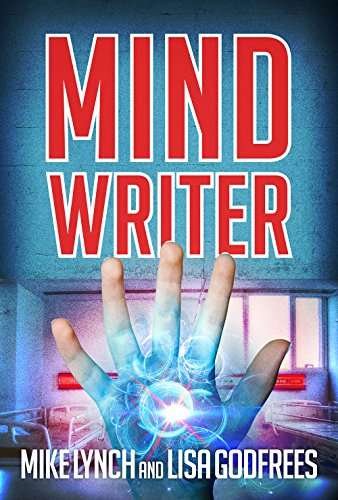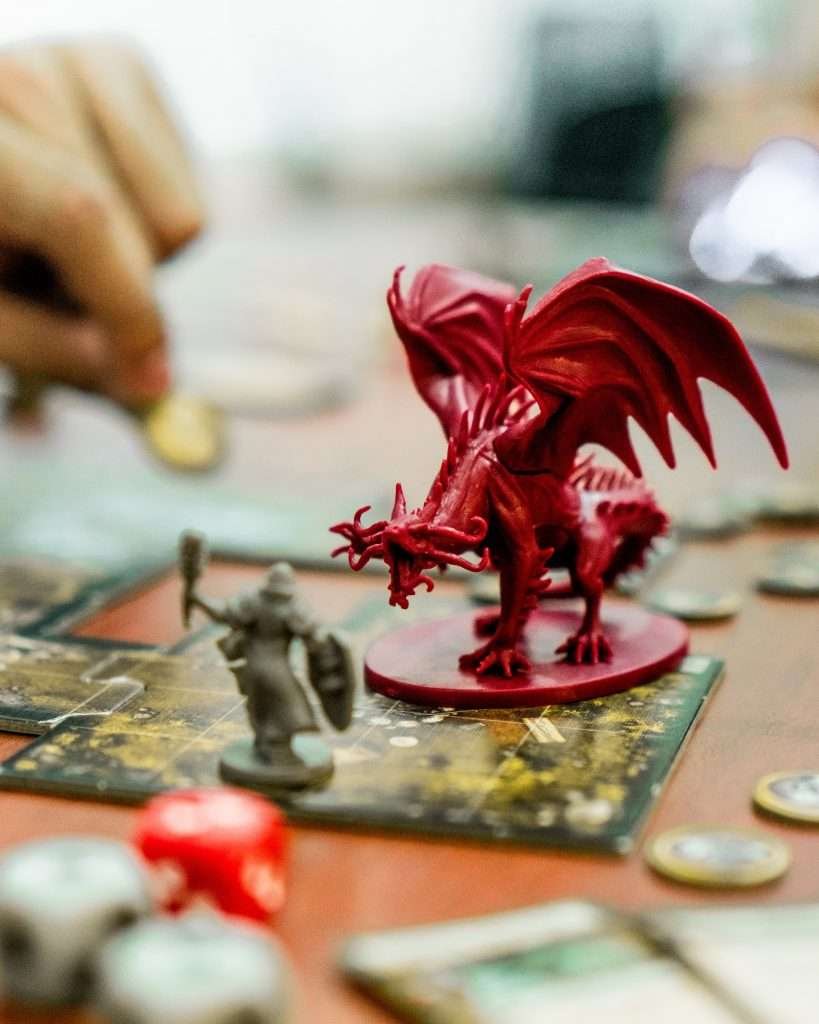Fill your story idea notebook.
As a fellow writer, I hope you have a notebook of ideas in your backpack or desk drawer. This way, when you run dry, you can restart your writing process. Let’s go over twelve great ways to find story ideas.
One of the most dreaded of writing a new story is facing a blank screen or piece of paper. You stare at it, and nothing habits except crickets.

Nurture the writing habit by generating story ideas. If you haven’t started your idea notebook, pick up a new spiral or find a digital app on your smart phone where you can capture ideas no matter where you are.
Story ideas are easily derived and in unlimited supply. If you are determined to be an author — and you are because you are here — then do not make the lack of ideas your excuse for not writing.
Ways to Find Story Ideas
Here are some ways to find story ideas for your notebook:
1 – Read books.
Read in your genre and read in your sub-genre to learn reader expectations and learn the tropes.
Yes, you have permission to use tropes. Boy meets girl. Boy loses girl. Boy wins girl back. (Or some variation on the trope.) This describes the vast majority of romances on the market.
It’s not the idea that is important so much as what the writer does with the idea.

Let’s try a more specific plot idea. A man travels back in time to change X event so that Y catastrophe will not happen in the future. This has been done so many times! Again, it isn’t the idea but the execution that counts. Each author tells the story in their own way.
“There is no such thing as a new idea. It is impossible. We simply take a lot of old ideas and put them into a sort of mental kaleidoscope. We give them a turn and they make new and curious combinations. We keep on turning and making new combinations indefinitely; but they are the same old pieces of colored glass that have been in use through all the ages.” — Mark Twain, in his own autobiography
2 – Read the newspaper.
You can skip the murders if you’re not a whodunit author, but there are plenty of other ideas to tear from the headlines. You can find your next book idea by asking yourself “what if” questions about current events.
What if your newspaper runs an article about weaknesses of computer chips commonly in use that leaves personal data up for grabs due to a security weakness?

Story idea! You don’t even have to write a high tech story. What if the so-called flaw was in the human brain? What if there were certain people who could grab your thoughts — every thought you ever had — just by being near you?

A similar story, Mind Writer by Mike Lynch and Lisa Godfrees, was published in 2016. The main character in their story has the ability to transfer a person’s thoughts, memories, and personality into a clone. And in this world, that is how those in power stay in power. What a nightmare.
3 – Watch news programs, YouTube videos, and documentaries.
In other words, watch a lot of non-fiction, educational videos. Always be learning new things and looking for inspiration. Make it a regular exercise to write an idea and riff on it by improvising variations.
Related post: Don’t Call It an Outline.
4 – Listen to classical music for inspiration.
This is where Disney’s famous movies, Fantasia and Fantasia 2000, were developed. Artists listened to classical selections and let their minds wander. That’s where “The Sorcerer’s Apprentice” came from. And who can forget “Night on Bald Mountain?”
Images and story snippets will develop of their own volition as you listen to the music. Take the time to let the images form in your mind as you sink into a dream state. Then write out what you see.
Watch music videos by your favorite artists on YouTube. The emotions you feel as you watch are what you are trying to capture. Pay attention to your emotions and take the time to figure out how to write them down.

5 – Ask yourself questions about what you see.
As you drive or walk somewhere, ask yourself how something came to be the way it is. But don’t research the facts unless you write historical fiction; speculate instead.
Haven’t you ever wondered how someone came to be where they are and doing what they are doing?

Make up a backstory for a person or place or object.
- How did that come to be?
- How did that odd group of people get together?
- Why are they friends?
- Why does a person act that way?
- Who does she go home to every night?
- What famous person does she know and how?
- Where is that family traveling?
- What momentous event will happen when they get there?
- Will they return?
- Why or why not?
Let your imagination take over. Write down every idea and create variations.
6 – Binge television series.
Find a television series, especially one in your genre, and participate.
When you reach the end of each episode, ask yourself what will happen next. Write some fan fiction about how you hope the story will go. There. You have a story idea. Go and make it your own.

7 – Start with unlikely opposites.

Try the exercise of thinking about a certain kind of person and pair it with an unlikely, opposite outcome.
- A billionaire puts his money in a trust and chooses to live on the streets, fighting for the underdog. (If only Batman was this cool.)
- A former prisoner saves the world that enslaved him.
- A freedom fighter falls in love with an enemy soldier.
You get the idea; start with unlikely opposites.
8 – Use writing prompts.
There are thousands of writing prompts on-line and in print. A writing prompt can be as simple as one word, like “yellow.” Or it can be a sentence, like: “The rats were in the cheese again.”
Beginning writers often have the mistaken notion that a story arrives fully formed, but in reality, a story idea usually develops with work.
Sometimes prompts are lines of dialogue:
- “You shouldn’t have come back.”
- “The culling happens tonight.”
- “We are out of ammunition.”
- “I used to love him, but…”
Listen for snatches of conversation in real life and write them down. Then use those as writing prompts.
A writing prompt might be a complete scenario, like:
A group of strangers makes a dangerous trip together. Hostile forces try to kill them, and their only shot at survival is to learn to work together.
This is the kernel for John Ford’s movie, Stagecoach , but the same kernel could as easily be about a sea voyage, a journey to the center of the earth, or a mission to Mars.
It’s not the idea; it’s the execution. Schedule time to practice responding to writing prompts because writing leads to more ideas.
9 – Pay attention to your dreams.
Dreams are uncensored fragments from the creative side of your brain. Most of mine are too silly to mention, but occasionally, I have an idea that’s so crazy it just might work.
Dreams can be a source of ideas. I rarely wake long enough to write mine down, but I know of authors who have turned their ideas into full-blown novels.

10 – Participate in role-playing games.
Tracy Hickman and Margaret Weis and a group of associates used to play Dungeons & Dragons together, and their games inspired a series of novels in the Dragonlance universe.

In role-playing, participants practice the skill of taking on a character’s persona and facing challenges with a group of players.
World-building skills are critically important in these games, and playing these games can spark story ideas.
Hickman and Weis developed a long timeline and mapped geography for their novels, and several other authors have created side stories in the same universe.
Don’t overlook role-playing games.
11 – Use the process of writing to generate ideas.
The act of writing itself can trigger ideas. Writing is a process, after all, so start with a nugget or a kernel of an idea and ask questions. Write about anything that pops into your head. Brainstorm. Hypothesize. Visualize. Follow the rabbit trails.
Beginning writers often have the mistaken notion that a story arrives fully formed, but in reality, a story idea usually develops with work.
Writers write. Keep writing about one idea, and other ideas will form. You will NOT run out of ideas. Writing for the sake of writing is a discipline worth pursuing.
I recommend keeping a notebook and writing your ideas by hand. Be messy. Doodle. Make diagrams. Writing on paper with pen uses both sides of your brain, but if you have trouble with handwriting, as does my dysgraphic daughter, then do the same exercises on your device of choice.
12 – Write!
Practice generating new story ideas on a regular basis, perhaps once a week, to gain confidence. You will build a huge backlog of usable plot ideas. Whenever you feel that you are running on empty, use the methods we have discussed to prime the pump and get your writing to flow again.
Story ideas are everywhere, but they are easily forgotten. Capture them in your notebook or digital app at the earliest opportunity. Take a picture, if possible, to remind you of that oh-so-fleeting thought. because most often, that precious, golden nugget will not return once it is forgotten.

The question of the week is: What is your favorite method of brainstorming new story ideas? Leave your answer in the comments below.
Thank you for reading this post. For more tips like these, subscribe to the weekly Writing Pursuits Tips for Authors newsletter.


I’m a new writer who’s never had a blank page. During COVID I watched a lot of TV, and one program (which I recorded and rewatched) gave me the idea that is the basis for my first book; in a Writers Group, I developed many ‘raw’ scenes and character descriptions as Prompts. I began reading similar books to see how their characters were described and kept notes in a spiral notebook. While taking notes, I’d often think up changes I can use in my own book based on ideas I picked up, and scribble notes in the same spiral notebook. So my notes are scribbled in several books, one for each series I was reading.
You have put in the work to learn your genre and the tropes people expect. I especially like the idea of writing your own prompts. Thanks for sharing.